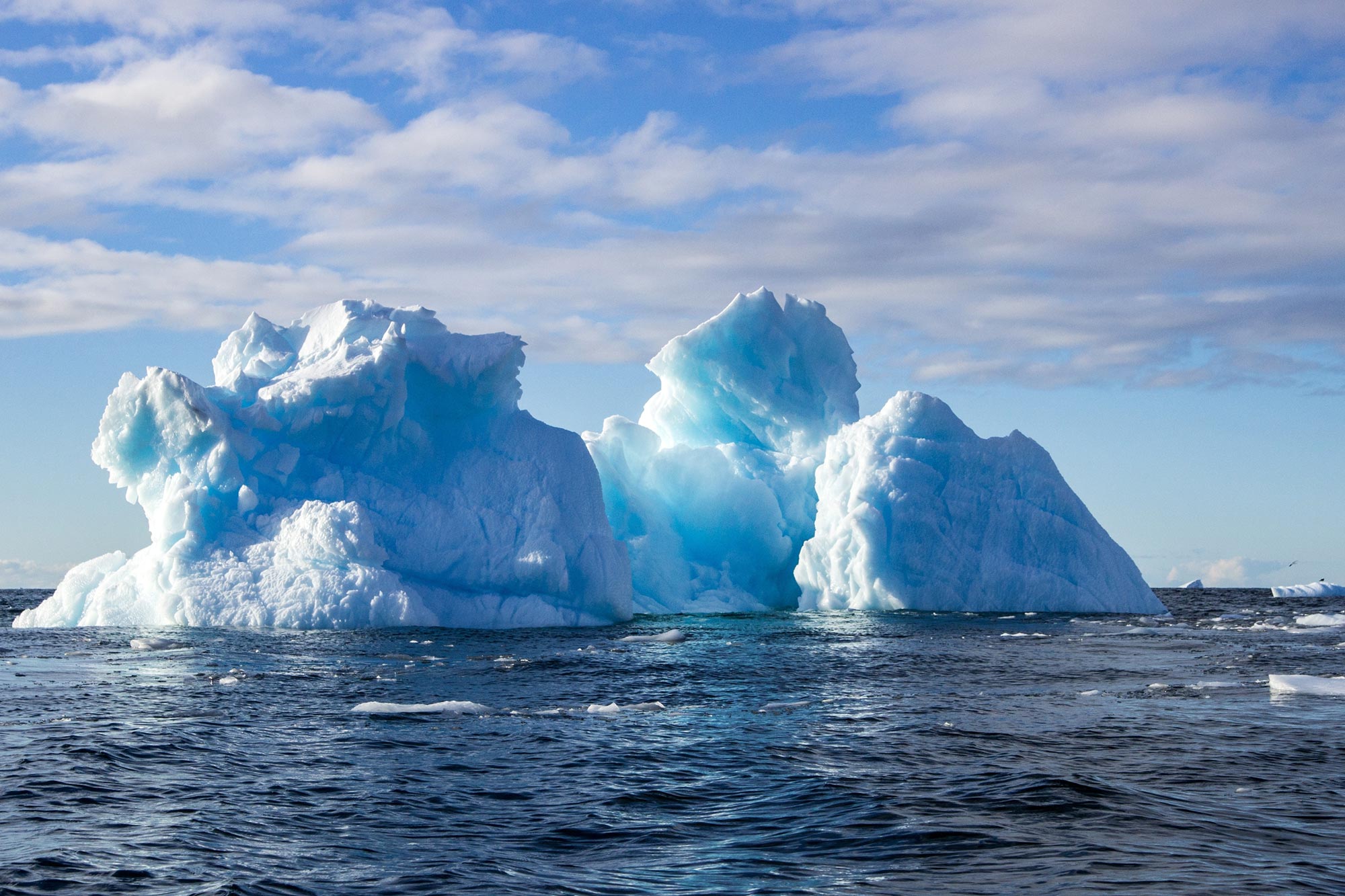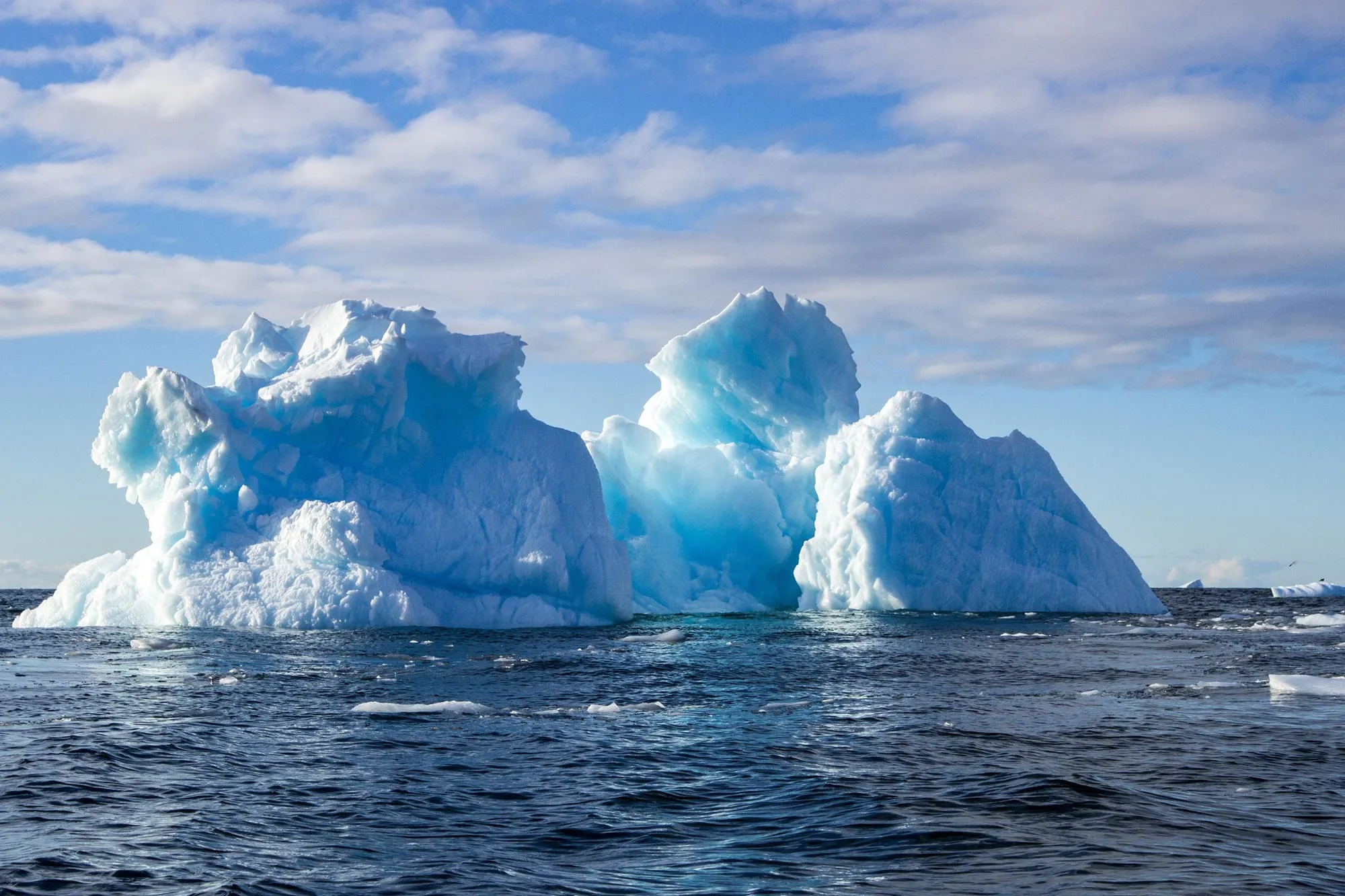

Contrary to popular belief, global warming isn’t the direct cause of these low ice levels.
The ice levels were measured at almost 30% less than the average over the previous ten years.
The Antarctic sea ice extent was the lowest since satellite monitoring started in 1978, according to a recent report from the National Institute of Polar Research (NIPR) and Japan Aerospace Exploration Agency (JAXA) in Japan. The satellite data used in this investigation may be found on the Arctic Data archive System (ADS) website.

Antarctic sea ice concentration distribution on February 20, 2022. On that day, the Antarctic sea ice extent became the lowest since satellite observations began. Credit: NIPR/JAXA
Similar to lakes, the sea in the bitterly cold Antarctic region freezes in the winter and thaws in the spring. As one would anticipate, there are seasonal fluctuations in the amount of sea ice, with winter seeing an increase and summer seeing a decrease. However, contrary to expectations, recent global warming has not directly resulted in a reduction in the amount of sea ice in the Antarctic region. This is due to the fact that different regions have seen different complicated changes as a result of global warming, with some seeing an increase in the production of sea ice. Understanding how sea ice extent varies over time in each region is crucial for a variety of reasons, including how it affects both the economy (by influencing the ocean’s flow) and how to understand the effects of global warming.

Upper; Details of seasonal changes for 2021-2022. There was no significant decrease in sea ice extent until around September 2021, but a gradual downward trend was observed from around October, and the sea ice extent remained at about the third smallest on record for the period since the 2000s. Since the beginning of 2022, the sea ice extent remained relatively small, although no extreme decrease was seen, and the decreasing trend continued after February, reaching 2,128,000 km2 on February 20, 2022, the lowest value ever recorded. Lower; Annual minimum of the Antarctic sea ice extent from 1979 to 2022. Credit: NIPR/JAXA
NIPR and JAXA visualize temporal and spatial changes in the Antarctic and Arctic sea ice extent and publish the data on the Arctic Data archive System (ADS) website as one of the activities of Arctic Challenge for Sustainability II (ArCS II). These data are based on observations by JAXA’s Global Change Observation Mission – Water “SHIZUKU” (GCOM-W) (Figure). In the GCOM-W satellite observation data, the research group found the characteristic change in the sea ice extent data around the Antarctic Continent in February 2022, the summer season.
“Amazingly, the sea ice extent on February 20, 2022, was 2,128,000 km2, the smallest in over 40 years of observations,” said Project Professor Hironori Yabuki of NIPR. “This was discovered by method to compare long-term data since 1978, combining several satellite observations. It is also a minimal value (73.3%) compared to the average minimum extent of 2,902,000 km2 for each year from 2012 to 2021.”

JAXA’s Global Change Observation Mission – Water “SHIZUKU” (GCOM-W). Credit: JAXA
“This time, we discovered the phenomenon of minimum sea ice extent based on observation data from the Advanced Microwave Scanning Radiometer 2 (AMSR2) onboard the GCOM-W. However, we know that sea ice’s role in the global environment varies depending on ice thickness, surface conditions, and drifting conditions. Currently, such information can only be obtained from field observations, but JAXA is developing a method to estimate such information from satellite observation data. For this development, it is necessary to accumulate information on how the Antarctic region’s actual state of sea ice is reflected in satellite observation figures. Therefore, field observations are becoming more critical,” said Project Professor Yabuki.
JAXA is also preparing to launch a new satellite, the Global Observing SATellite for Greenhouse gases and Water cycle (GOSAT-GW), which will carry AMSR3, the successor to AMSR2.
“This new method and satellite will allow combined analysis with more advanced sea ice coverage,” said Project Professor Yabuki.
Reference: “Antarctic Sea Ice Extent Lowest Ever Recorded,” National Institute of Polar Research.